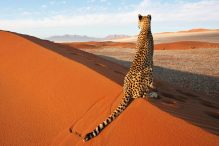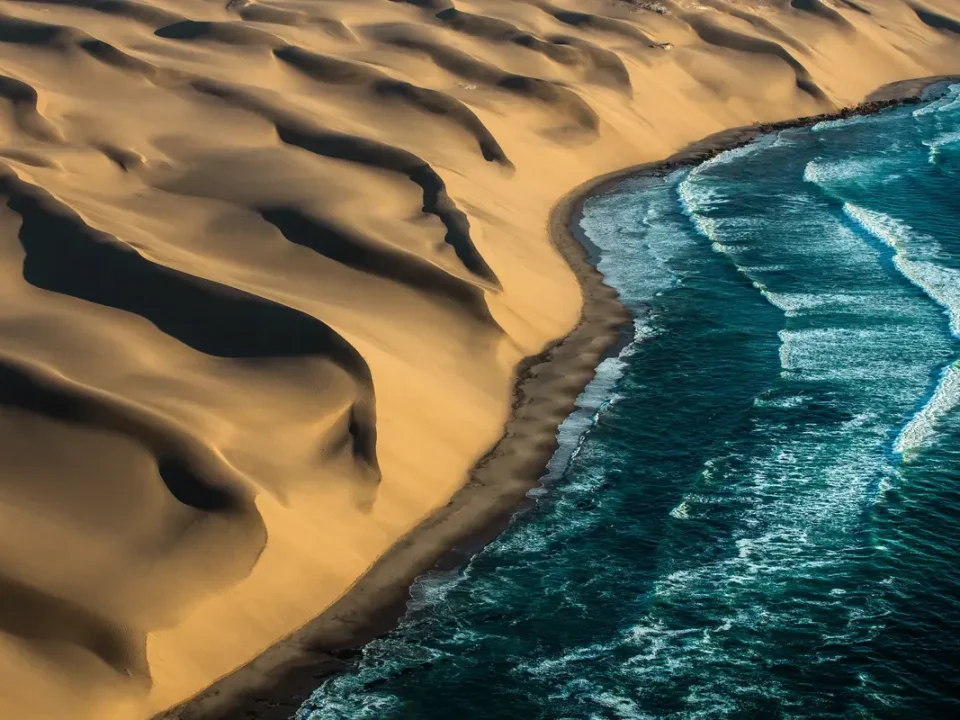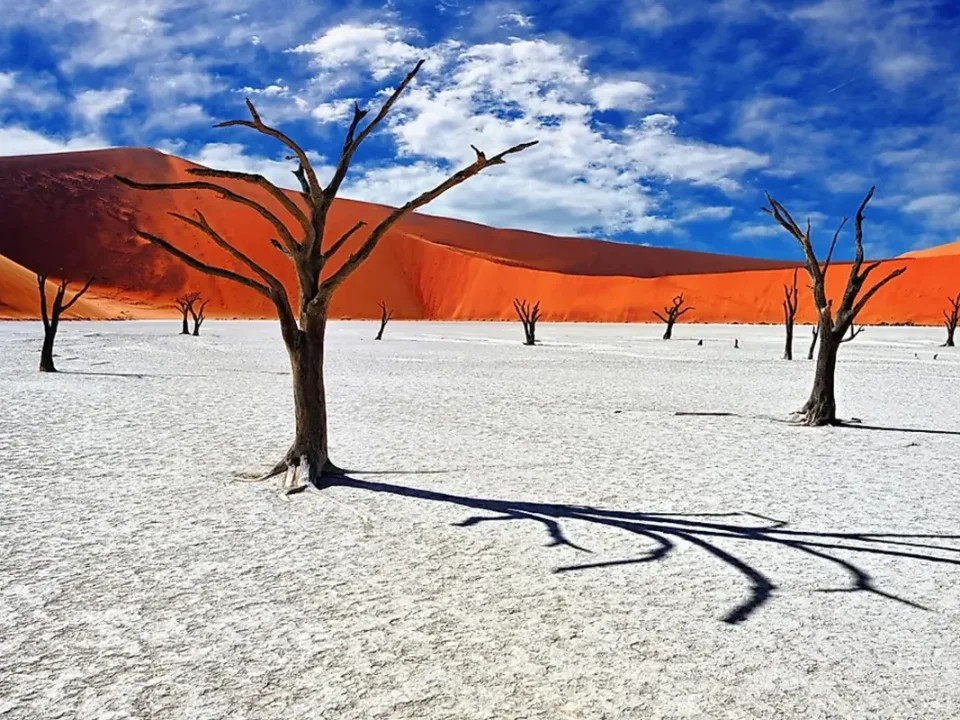Namib Desert, Namibia: A Comprehensive Tourist Guide
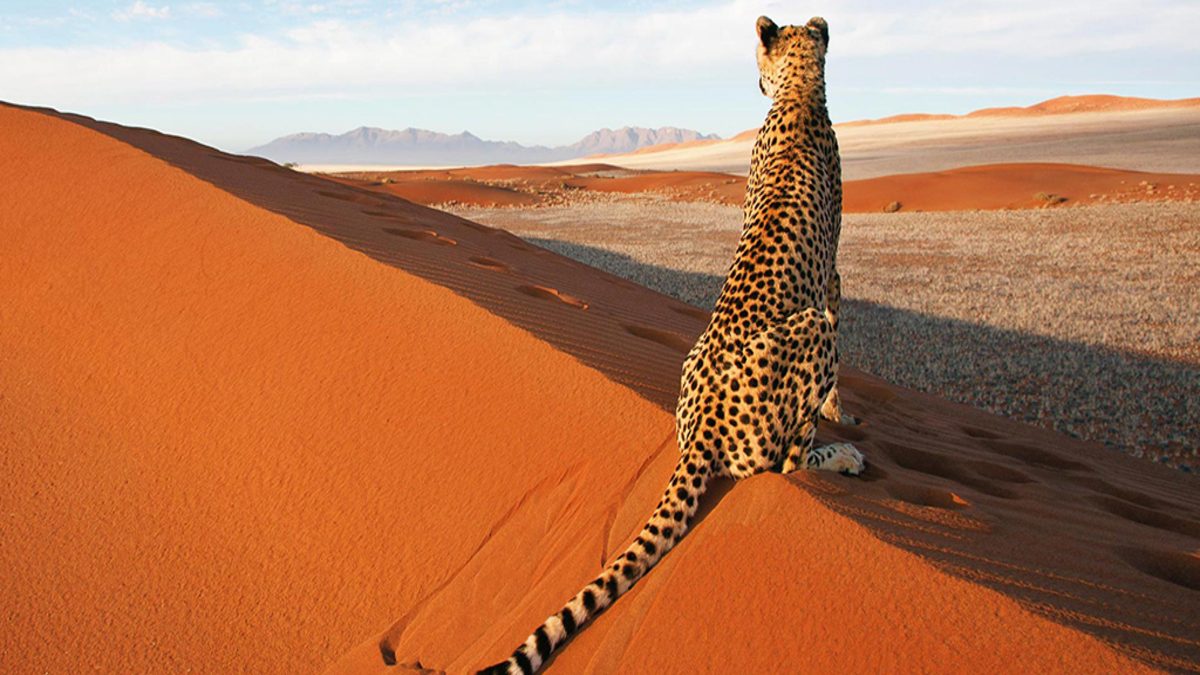
Namib Desert, Namibia: A Comprehensive Tourist Guide
The Namib Desert, stretching along the Atlantic coast of Namibia, is one of the oldest and most remarkable deserts in the world. Known for its stunning landscapes, towering sand dunes, and unique flora and fauna, the Namib Desert offers visitors an unparalleled adventure. This comprehensive guide aims to provide all the essential information needed for a memorable trip, ensuring a rich and immersive experience in this extraordinary environment.
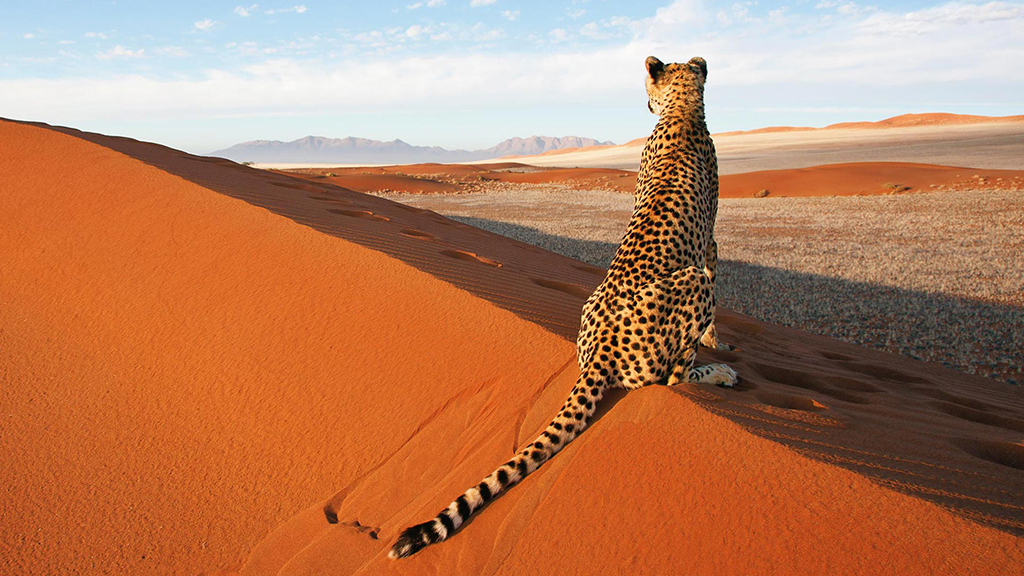
Historical Background
Geological History
The Namib Desert is estimated to be at least 55 million years old, making it the oldest desert on the planet. Its formation is attributed to the gradual climatic changes and the cold Benguela Current, which runs along the Namibian coast. This current cools the air, reducing the capacity for moisture and contributing to the desert’s arid conditions.
Human History
Despite its harsh environment, the Namib Desert has been home to human populations for thousands of years. The indigenous San people, also known as Bushmen, have a long history of living in and adapting to this arid landscape. Their rock art, found in various parts of the desert, provides insight into their way of life and cultural heritage.

Key Attractions
Sossusvlei and Deadvlei
Sossusvlei
Sossusvlei is arguably the most iconic area within the Namib Desert. This vast salt and clay pan is surrounded by some of the tallest sand dunes in the world, reaching heights of up to 300 meters (980 feet). The striking red and orange hues of the dunes are most vibrant at sunrise and sunset, creating a photographer’s paradise.
Deadvlei
Located near Sossusvlei, Deadvlei is a white clay pan famous for its eerie landscape of dead camel thorn trees, which have been preserved by the arid climate. The contrast between the dark, skeletal trees, the white pan, and the red dunes creates a surreal and otherworldly scene that is truly unforgettable.
Namib-Naukluft National Park
Namib-Naukluft National Park, one of the largest conservation areas in Africa, encompasses much of the central Namib Desert. The park offers a range of landscapes, including towering dunes, rugged mountains, and vast gravel plains. It is home to diverse wildlife adapted to the harsh desert conditions, such as oryx, springbok, and the elusive Hartmann’s mountain zebra.
Skeleton Coast
The Skeleton Coast, named for the whale bones and shipwrecks that litter its shores, is a remote and desolate stretch of coastline. The area is known for its stark beauty, with fog-shrouded beaches, towering dunes, and the occasional glimpse of wildlife, such as seals and desert-adapted elephants. The Skeleton Coast National Park protects this unique environment, offering visitors a glimpse into its mysterious allure.
Swakopmund and Walvis Bay
Swakopmund
Swakopmund, a charming coastal town, serves as a gateway to the Namib Desert. Founded by German settlers, the town retains a distinctive European atmosphere, with colonial architecture, palm-lined streets, and a range of cafes and restaurants. Swakopmund offers various adventure activities, such as sandboarding, quad biking, and scenic flights over the desert.
Walvis Bay
Located south of Swakopmund, Walvis Bay is a bustling harbor town known for its lagoon, which is a haven for birdlife, including flamingos and pelicans. The town is also a base for exploring the nearby sand dunes and the offshore Pelican Point, where visitors can see Cape fur seals and dolphins.
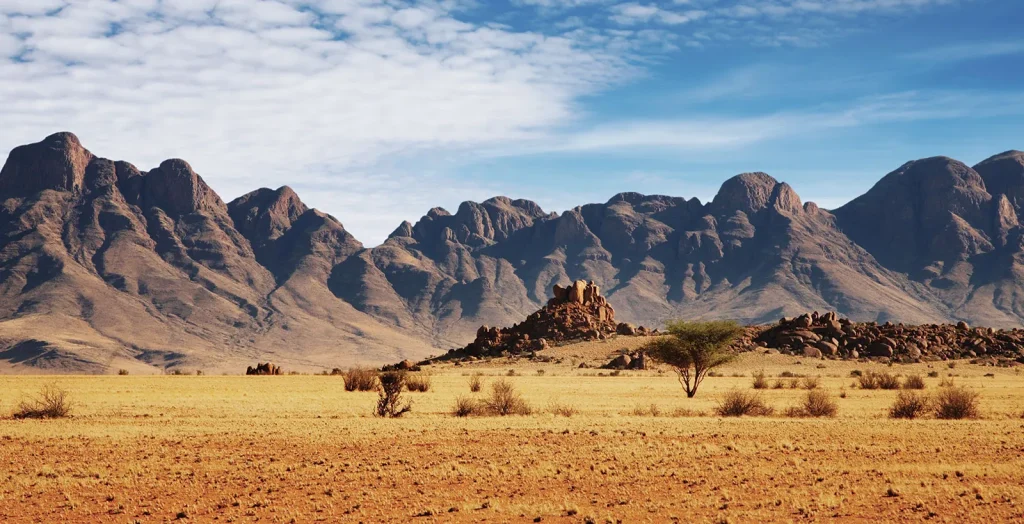
Activities and Adventures
Dune Climbing
Climbing the massive sand dunes of the Namib Desert is a must-do activity. Dune 45, located near Sossusvlei, is one of the most popular dunes to climb, offering spectacular views from its summit. For a more challenging climb, visitors can tackle Big Daddy, the tallest dune in the Sossusvlei area.
Hot Air Ballooning
A hot air balloon ride over the Namib Desert provides a unique perspective of its vast and varied landscapes. Floating silently over the dunes and plains as the sun rises is a breathtaking experience, offering unparalleled photographic opportunities and a sense of tranquility.
Wildlife Viewing
The Namib Desert is home to a surprising array of wildlife adapted to its extreme conditions. Guided game drives and nature walks provide opportunities to see animals such as oryx, springbok, ostriches, and the rare desert-adapted elephants. Birdwatchers will also find the desert’s avian inhabitants fascinating, with species like the dune lark and the endemic Herero chat.
Adventure Sports
For thrill-seekers, the Namib Desert offers a range of adventure sports. Sandboarding down the steep dunes, quad biking through the desert landscapes, and skydiving over the vast expanses are just a few of the adrenaline-pumping activities available.
Cultural Tours
Cultural tours offer insights into the lives of the indigenous San people and other local communities. Visitors can learn about traditional survival skills, medicinal plants, and the rich cultural heritage of the desert’s inhabitants. These tours provide a deeper understanding of the human history and resilience in this challenging environment.
Accommodation
Luxury Lodges
The Namib Desert boasts several luxury lodges that offer comfort and stunning views of the desert landscapes. These lodges provide all-inclusive packages, including guided tours, gourmet dining, and luxurious accommodations. Notable options include:
- Sossusvlei Desert Lodge: A high-end lodge offering panoramic views, luxurious suites, and excellent service.
- Wolwedans Dunes Lodge: Known for its eco-friendly design and stunning location within the NamibRand Nature Reserve.
- Little Kulala: A luxury lodge with private plunge pools and direct access to the dunes of Sossusvlei.
Mid-Range Options
For those seeking a balance between comfort and affordability, there are several mid-range lodges and campsites offering a range of amenities:
- Desert Camp: Self-catering accommodation with stunning views of the surrounding desert.
- Namib Desert Lodge: Comfortable rooms and a beautiful setting near the petrified dunes.
- Le Mirage Resort & Spa: A unique lodge with a Moroccan-inspired design and modern amenities.
Budget Accommodation
Budget travelers will find various campsites and budget lodges in and around the Namib Desert. These options provide basic facilities and a chance to experience the desert’s beauty without breaking the bank:
- Sesriem Campsite: Located near the entrance to Sossusvlei, offering basic camping facilities.
- Solitaire Guest Farm: A budget-friendly option with a rustic charm and proximity to key attractions.
- Namib Desert Campsite: Affordable camping with stunning views and access to nearby attractions.
Practical Information
Getting There
The Namib Desert is accessible by road and air. Most visitors fly into Hosea Kutako International Airport in Windhoek, the capital of Namibia, and then travel to the desert by car or domestic flight. Several tour operators offer guided tours that include transportation from Windhoek.
Park Fees and Permits
Entrance fees are required for Namib-Naukluft National Park and other protected areas within the Namib Desert. These fees contribute to the conservation and maintenance of the park. Permits can be purchased at the park gates or through authorized agents. It is advisable to check the latest fee structure and regulations before your visit.
Best Time to Visit
The best time to visit the Namib Desert is during the cooler months from May to September. During this period, temperatures are more comfortable, and wildlife viewing is optimal. The summer months (October to April) can be extremely hot, with temperatures exceeding 40°C (104°F) in some areas.
What to Pack
- Clothing: Light, breathable clothing for daytime and warm layers for cooler mornings and evenings.
- Hat and Sunglasses: To protect against the intense sun.
- Sunscreen and Lip Balm: Essential for sun protection.
- Sturdy Walking Shoes: For hiking and exploring the desert.
- Camera and Binoculars: For capturing the stunning landscapes and wildlife.
- Reusable Water Bottle: To stay hydrated in the arid climate.
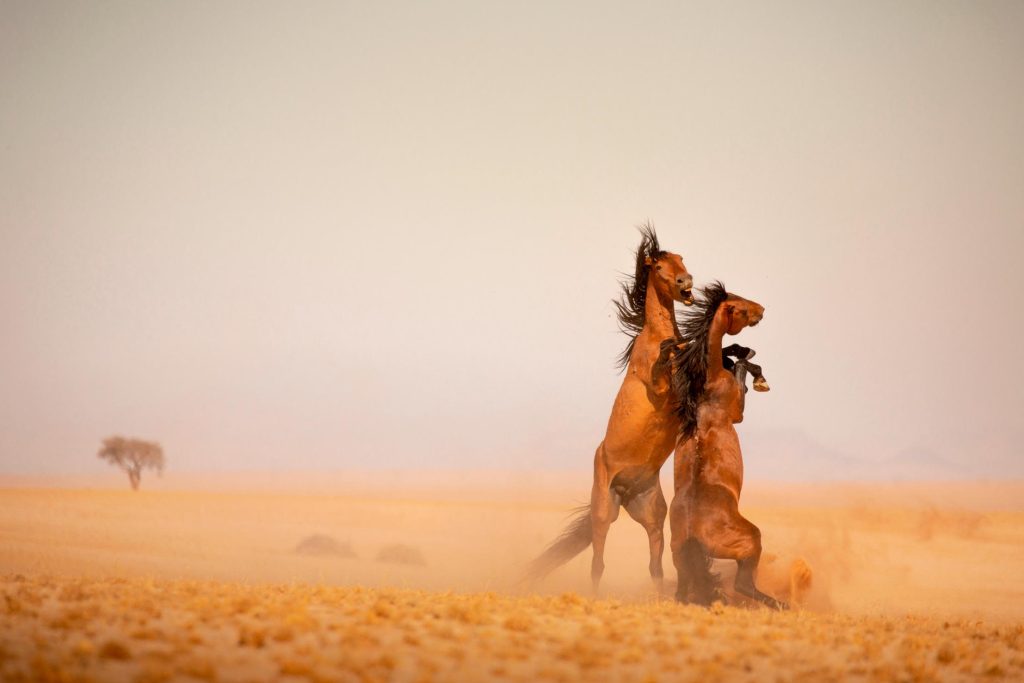
Responsible Tourism
Conservation Efforts
The Namib Desert is a fragile environment, and responsible tourism is crucial for its preservation. Visitors can support conservation efforts by:
- Staying on designated paths and tracks.
- Avoiding littering and minimizing waste.
- Respecting wildlife and maintaining a safe distance.
- Supporting eco-friendly lodges and tour operators.
Community Engagement
Engaging with local communities helps promote sustainable tourism and provides economic benefits to the people living in and around the Namib Desert. Purchasing locally made crafts, participating in cultural tours, and staying in community-run lodges are ways to contribute positively to the local economy.
Conclusion
The Namib Desert is a must-visit destination for anyone seeking an extraordinary adventure in one of the world’s most unique landscapes. From the towering sand dunes of Sossusvlei to the haunting beauty of Deadvlei, the Namib Desert offers a wealth of experiences for travelers. By following this comprehensive guide, you can ensure a fulfilling and respectful visit, appreciating the natural wonders and cultural richness of this ancient desert.
Plan your trip to the Namib Desert today and embark on a journey that promises to be both awe-inspiring and educational. Whether you’re climbing the world’s tallest dunes, observing unique wildlife, or immersing yourself in the local culture, the Namib Desert is a place where unforgettable memories are made.
Links
Go To Europe
Go to Asia
Go To Africa
Go to America
-
Namib Desert, Namibia: A Comprehensive Tourist Guide
Namib Desert, Namibia: A Comprehensive Tourist Guide The Namib Desert, stretching along the Atlantic coast of Namibia, is one of the oldest and most remarkable deserts […]

